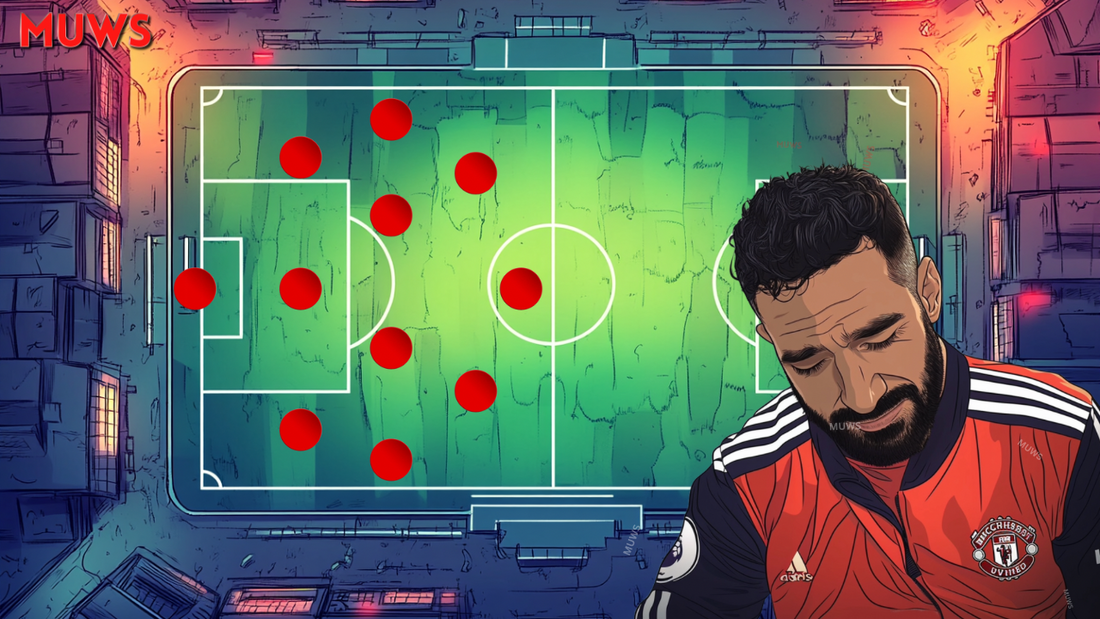
Ruben Amorim’s Manchester United: Possession without Purpose
Share
Since Ruben Amorim took charge at Manchester United, there has been a noticeable shift in their approach to possession. Under his leadership, United have ranked 6th in the Premier League for ball possession (54.1% according to StatMuse) but their ability to translate this control into meaningful attacks has been severely lacking.
The team often seems to control the ball in the early stages of play, but opponents have been content to let them keep it, knowing that United lacks the cutting edge to cause real problems. Despite possessing the ball, the team has struggled to create significant goal-scoring opportunities, often devolving into sterile possession with no real attacking threat.

According to Opta Analyst, across Ten Hag’s two and a half years in charge, Manchester United’s average share of possession in the Premier League was 52.2%. Towards the end of the Dutchman’s reign, United often surrendered possession and ‘chaos ball’ ensued, so fans will undoubtedly welcome any improvement on the possession front.
One glaring issue for United has been their recent form at Old Trafford, where they have endured a disappointing run of results. The possession stats from United’s last six home games are telling:
- Crystal Palace (H) 67% possession - Lost
- Brighton (H) 52% possession - Lost
- Southampton (H) 60% possession - Won
- Newcastle (H) 60% possession - Lost
- Bournemouth (H) 60% possession - Lost
- Nottingham Forest (H) 71% possession - Lost
In these matches, United have scored just six goals while conceding 14, highlighting the ineffective nature of their possession. The team’s inability to make meaningful progress in the final third has been exposed in these fixtures, despite dominating possession for large portions of the games.
United’s tactical challenges are rooted in two significant transitions that have been implemented under Amorim. The first is a shift away from Erik ten Hag’s direct style, which was often chaotic and relied heavily on high pressing and counter-attacking football. Under Amorim, the focus has shifted towards a more controlled build-up, incorporating short passing and patient possession to draw opponents out of position. This strategic progression aims to create chances through a mix of central and wide play, with vertical rotations and quick switches.
However, this transition is not without its problems. United have struggled to implement this new style because they lack the necessary players and attributes. The squad is not equipped with natural wing-backs, and the pivot players do not possess the required passing and carrying range to progress the ball effectively. Furthermore, there is a lack of creative ‘Number 10’ options to link the play and create chances.
The second tactical transition is Amorim’s desire to implement a more specific control-focused style requires a level of precision and personnel that United currently do not have. The players available are better suited to the first transition, which revolves around establishing control through more direct, quick transitions. By trying to implement both transitions at once, without the right preparation or player profile, United may be hindering both processes, making it difficult to establish the dominance they need to be successful.
In summary, while Amorim has brought a more possession-focused approach to United, the team’s inability to create dangerous chances or score goals has rendered their dominance in possession largely ineffective. The dual tactical transitions have proven difficult to navigate, and without the right players in place, United’s possession may continue to falter.
